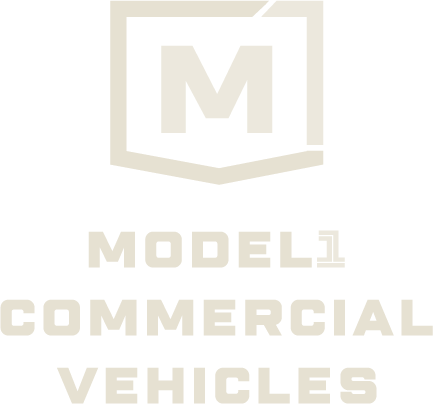Miscellaneous
Top 5 Transportation Industry Trends for 2020

The transportation industry is rapidly evolving. Keeping pace with technological advancements has become increasingly important for transportation professionals. Missing out on crucial money-saving opportunities and market changes can make a significant impact on your fleet’s productivity. Model 1 has gathered some of the biggest upcoming trends and changes for the year 2020 as predicted by leading researchers in the field., Keep reading to stay prepared and better understand what to expect this year.
Electric Developments
Unsurprisingly, one of the biggest ongoing changes heading into the new decade is advancements in green technology. Some of the biggest companies are going to start retrofitting vehicles to accommodate alternative fuel if not completely overhauling their fleets with electric buses in order to help reduce emission costs and save on fuel. Over time, it’s safe to predict that smaller fleets will start to adopt this alternative fuel standard as well.
Partially fueled by stricter emission laws and government incentives, many of the big truck manufacturers are starting to release more frequent and exciting eco-friendly improvements. In Europe, bigger cities have started outlawing diesel trucks in urban settings and many believe this trend will make its way to America. Transitioning to alternative fuel is going to become more important as the harsh realities of what the shipping industry is doing to the environment become more prevalent.
Model 1 is equipped to support the rising demand for alternative fuel vehicles including all-electric buses. If you’re seeking sustainable transportation solutions, contact Model 1.
Outside the Trucking Industry
While trucking emissions are a big problem, it’s not the only part of the industry that’s about to go greener. Buses and other public transit vehicles are expected to switch more aggressively to alternative fuel, electric motors, and other Eco-friendly options. It’s going to transform an anticipated green commute into an even greener one.
Employment (Including HOS Changes)
It’s no secret that many parts of the transportation industry are hurting for workers. The trucking business, in particular, is in a perpetual shortage of transportation workers and there’s no sign of that changing in the near future.
However, there are some other changes you might want to be aware of. The FMCSA announced they’re planning on changing the Hours-of-Service (HOS) regulations in the near future, which are the rules in place for how long a driver can operate a vehicle (specifically geared towards truckers) at one time, and how long the resting periods in between need to be. The idea behind these rules is to reduce the number of accidents caused by driver fatigue, which is a good thing. What that looks like, of course, is an ongoing debate.
Last year, the FMCSA announced that they were proposing new changes to the rules and have since received feedback on their proposal. Eventually, they’ll release the updated proposal, which is expected to go into effect sometime later this year (assuming things don’t get postponed again).
These rules are important and all drivers need to be aware of them. Keep an eye out for the future and make sure you’re prepared when the new regulations get the green light.
Drug and Alcohol Testing
Testing for drug and alcohol use is also going to become more standard. Of course, many government positions already require this, but now all CDL drivers will be required to participate. The results will be recorded in an online database accessible to employers, FMCSA, and law enforcement. Though controversial, all CDL holders will need to be aware of these new changes to continue to drive.
Autonomous Vehicles
Autonomous vehicles has gained traction recently. While there are certainly concerns about taking jobs away from truckers, it could potentially help with the current driver shortage.
Is the change going to be coming soon? Probably not. Trucks might be closer to adopting the emerging technology than other transportation industry vehicles, but even then, we’re still quite a ways away from the technology being widely adopted by the mainstream public. Still, it’s got the attention of manufacturers and you’ll probably see updates on this technology in the future.
Partial autonomous technology, more commonly known as driver assistance technology, has already permeated school buses. Unlike completely autonomous technology that eliminates the need for a driver, driver assistance technology still largely relies on drivers to operate a vehicle but intervenes for the driver under unsafe circumstances. Driver assistance technology has already permeated into school buses adding an extra fail-safe that greatly improves the safety of school buses. IC Bus’s new Electronic Stability Control quickly allows for electronic calibration under unstable road conditions such as icy roads while their & Collision Mitigation Technology quickly engages breaks when detecting objects at dangerously close distances.
This recap just scratches the surface of changes to come. From commercial vehicles to public transportation, our society will continue to rely on the transportation sector for a variety of services and it’s paramount to remain aware of how these changes could affect you. To check out the latest advancements in bus technology, contact contact Model 1.

